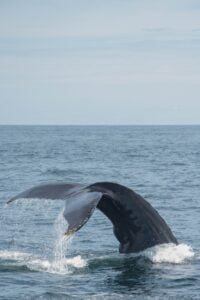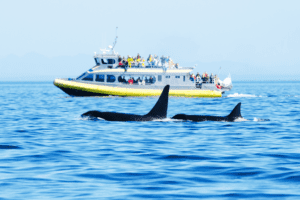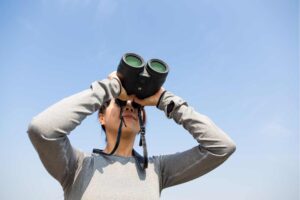Booking Your Whale Watching Tour: Expert Advice for a Memorable Experience
Embarking on a whale-watching tour can be an exhilarating and unforgettable experience. This adventure offers the chance to witness magnificent creatures in their natural habitat and to gain a deeper appreciation for the wonders of the marine world. Before you set sail, it is crucial to take some time for research and preparation to ensure that your whale-watching expedition is both enjoyable and successful.
Choose your Trip
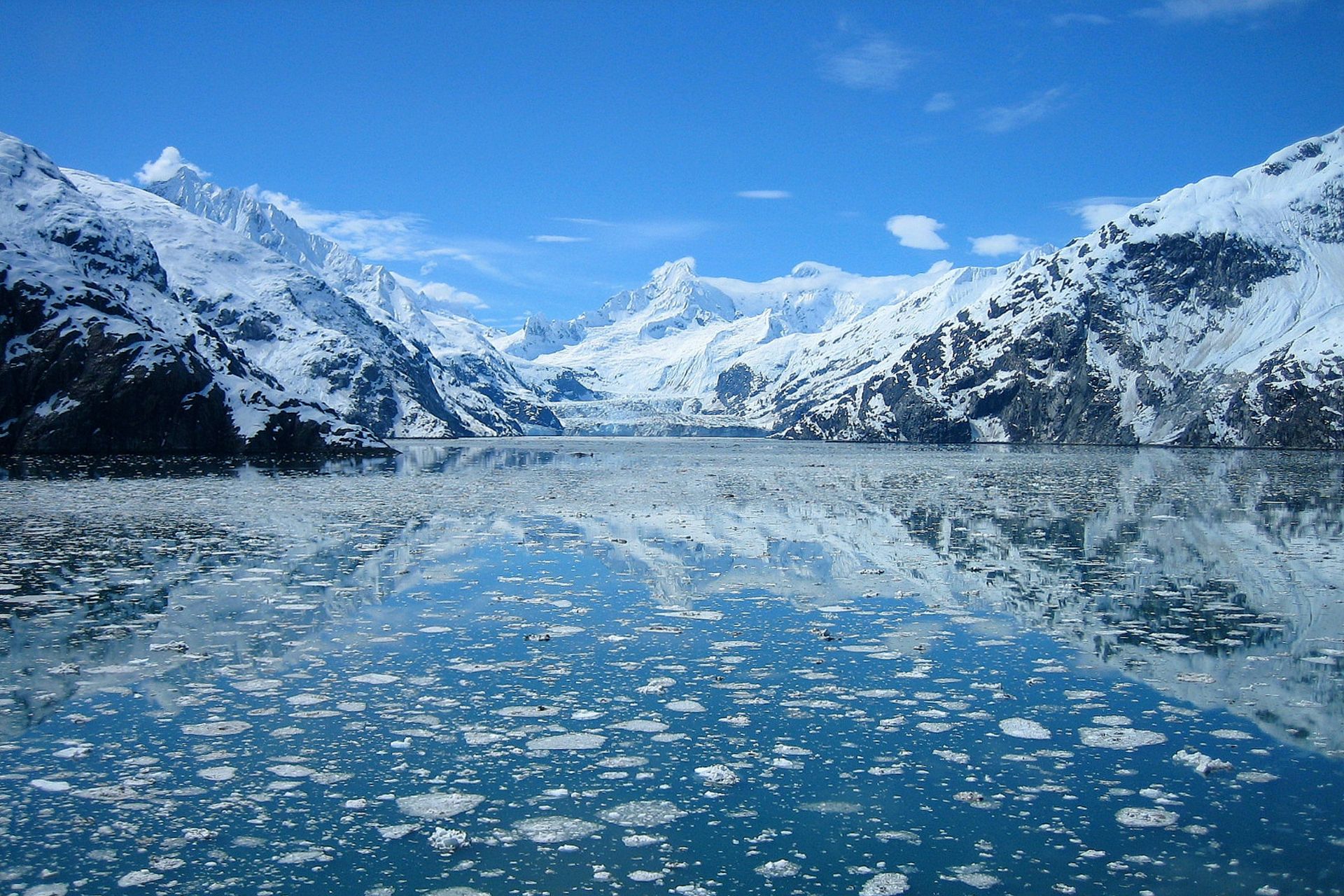
Whale watching Alaska

Whale watching Boston
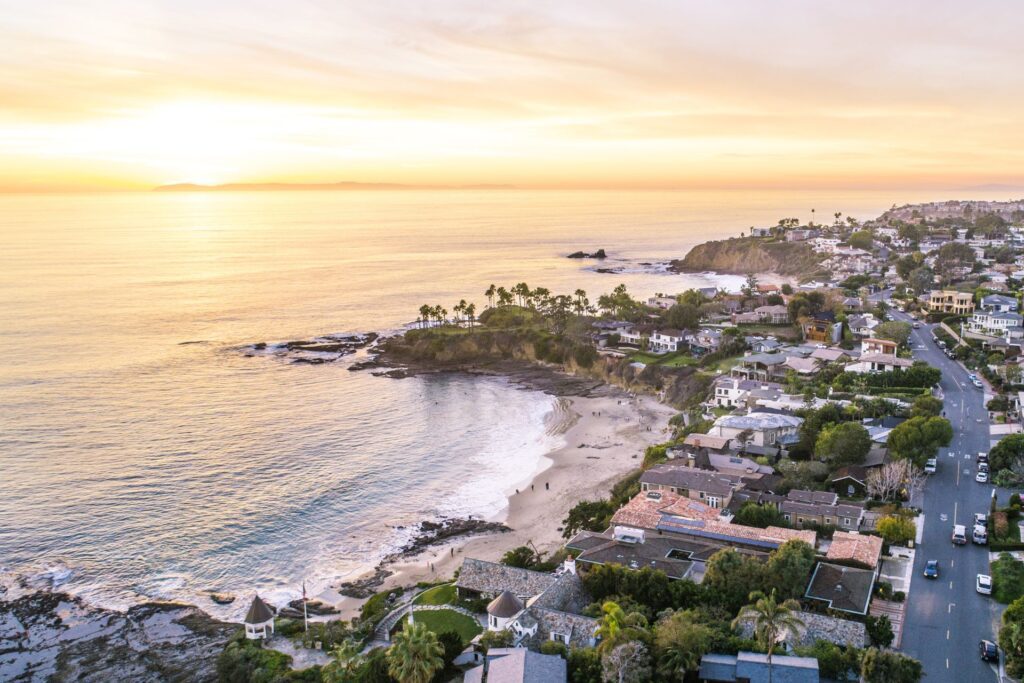
Whale watching California
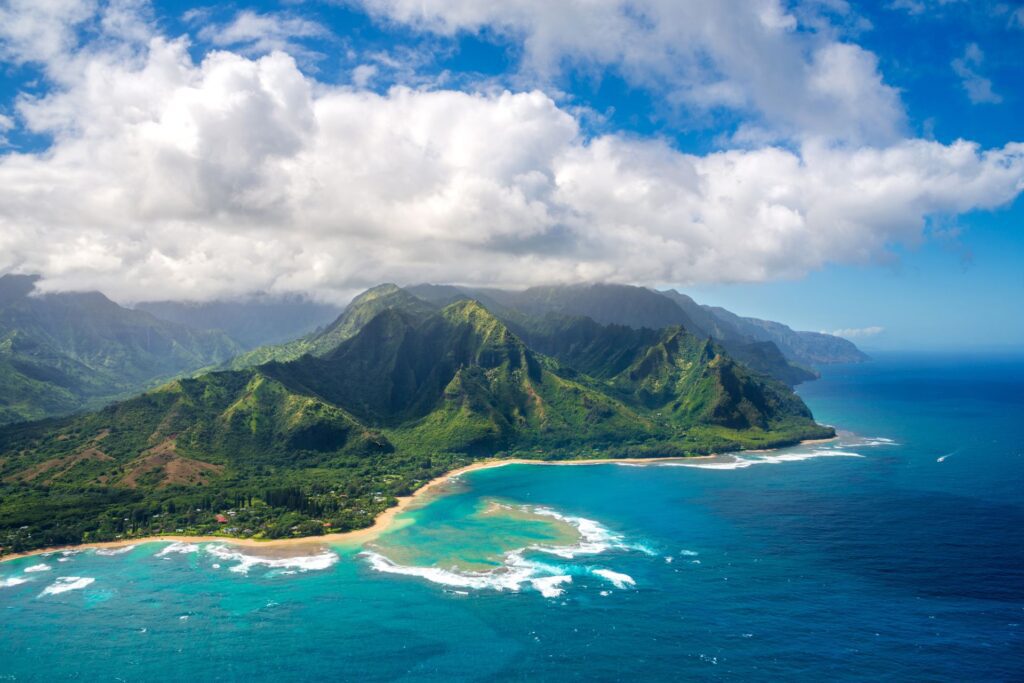
Whale watching Hawaii
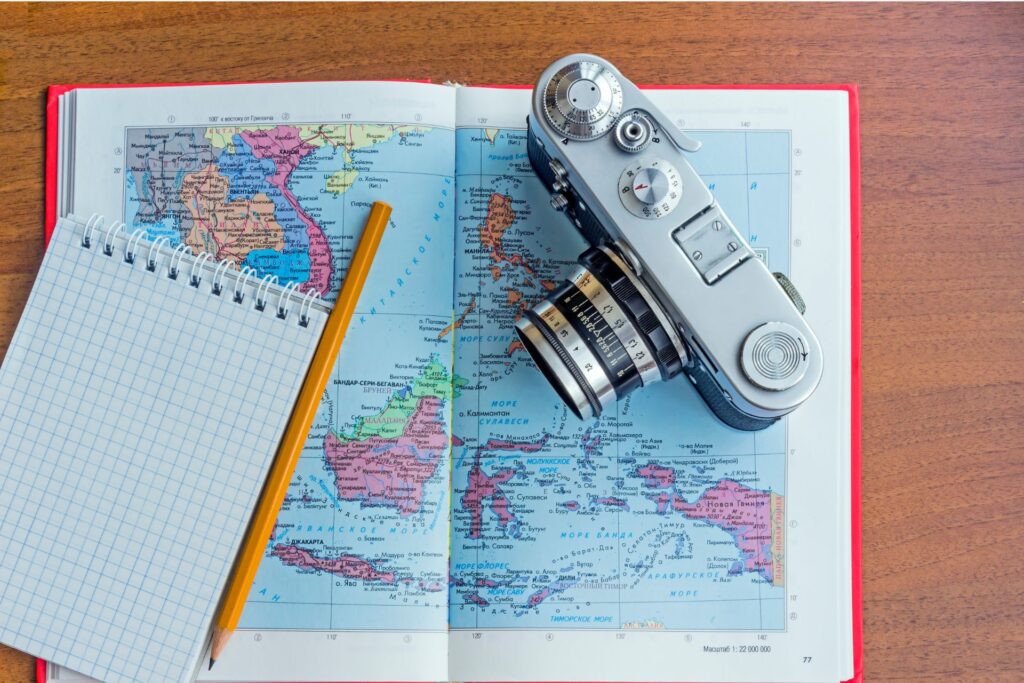
Selecting the right tour operator is the first step in making your whale watching experience extraordinary. It is essential to ask the right questions when booking a tour to ensure that the company you choose operates responsibly and prioritizes safety and conservation. Comparing options and reading reviews will help you gain insight into the quality of the tours provided and the overall satisfaction of previous guests.
Additionally, familiarizing yourself with the best tips for a successful whale watching trip is vital to make the most of your adventure. These tips may include advice on what to wear, which lenses to bring for photography, and how to minimize the risk of seasickness. By following these recommendations, you can enhance your whale watching experience and create lasting memories of your encounter with these awe-inspiring marine mammals.
Choosing Your Destination: Where to Go?
When planning your whale watching tour, the first step is to select the ideal destination. Different locations offer unique species of whales and varying seasonal patterns.
Here are a few top destinations to consider:
- Alaska: Known for its breathtaking landscapes and abundant wildlife, Alaska is a prime destination for whale watching. With species like humpback, orca, and gray whales commonly sighted, there’s no shortage of awe-inspiring encounters in the Last Frontier.
- East Coast: The East Coast of North America stands out as a top destination for whale watching. Cape Cod, with its charming atmosphere and deep maritime heritage, serves as a prime location for observing whales, particularly known for frequent sightings of humpback and fin whales.
Maui: Renowned for its stunning beaches and lush landscapes, Maui is another Hawaiian hotspot for whale watching. Whale sightings are especially abundant during the migration season, with many tours available to cater to your needs.
When choosing your destination, it’s essential to research the best time to visit for whale watching opportunities. The peak seasons vary across destinations, such as:
- Gray Whales: Best seen in colder months in Alaska or the west coast of the United States. Visit San Diego throughout the year to encounter a wide variety of whale species.
- Humpback Whales: Most popular in Hawaii during the winter months (December to April). During the summer months (May to September), these majestic creatures can also be spotted along the coast of Norway.
- Orcas: Commonly found in Alaska year-round, with sightings increasing from May to September. For a unique experience, visit Norway from October to January, where orcas can be seen hunting for herring.
Remember to book a whale watching tour with a sighting guarantee to grant you the greatest chances of observing these magnificent creatures in their natural environment. Remember that they are wild animals, and sighting locations can be unpredictable. Take your time to research the best tour operators and tour types in your chosen destinations, ensuring you embark on a memorable and enriching experience.
Choose your Trip
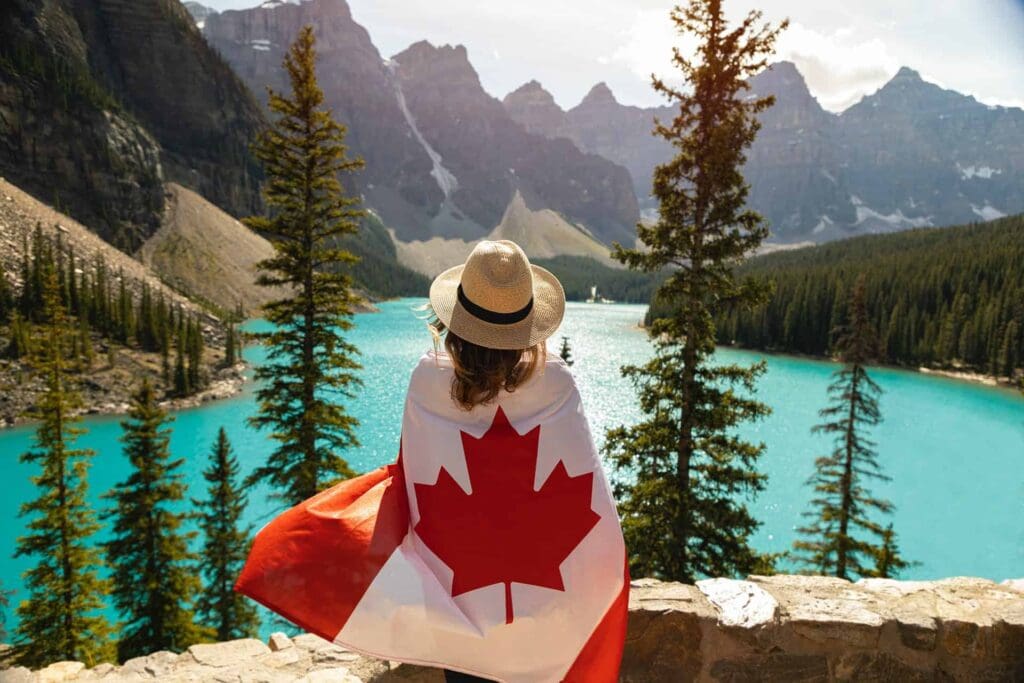
Whale watching Canada
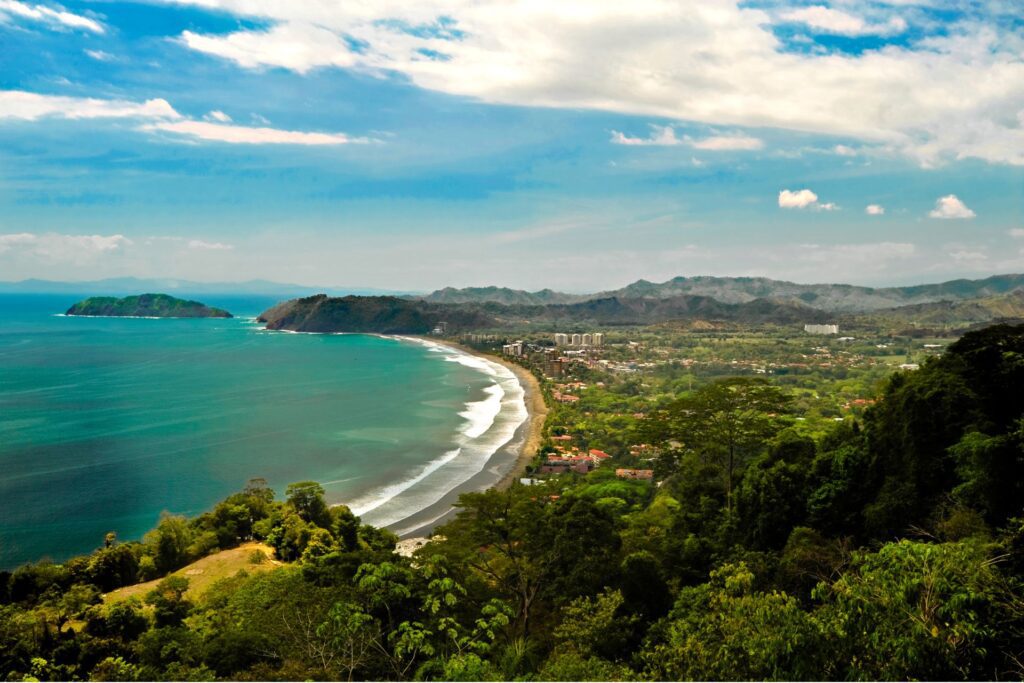
Whale watching Costa Rica
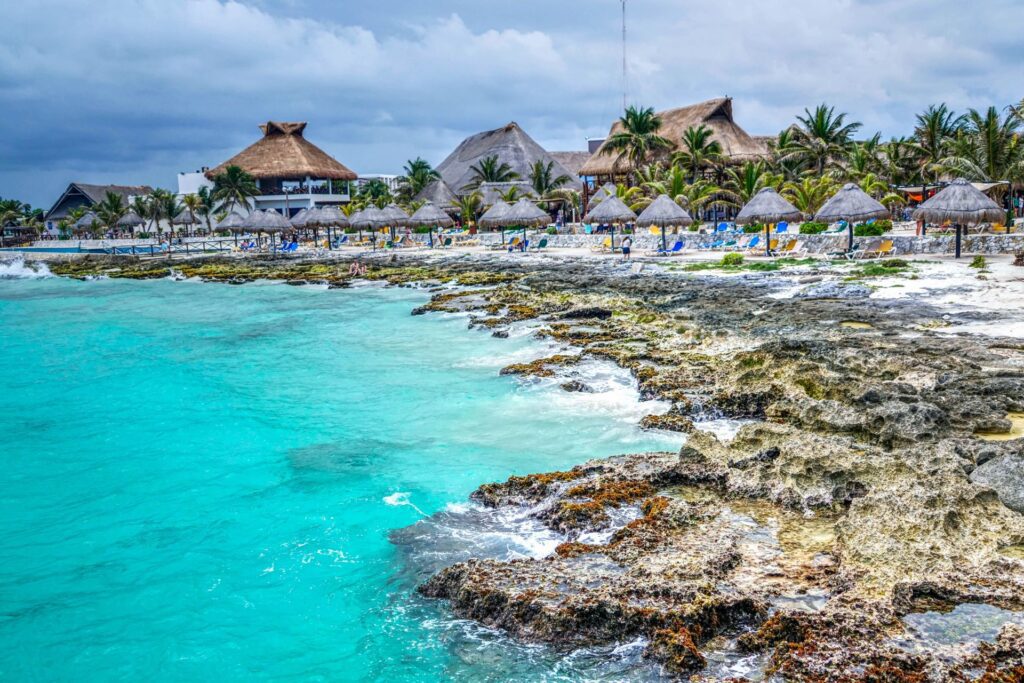
Whale watching Mexico
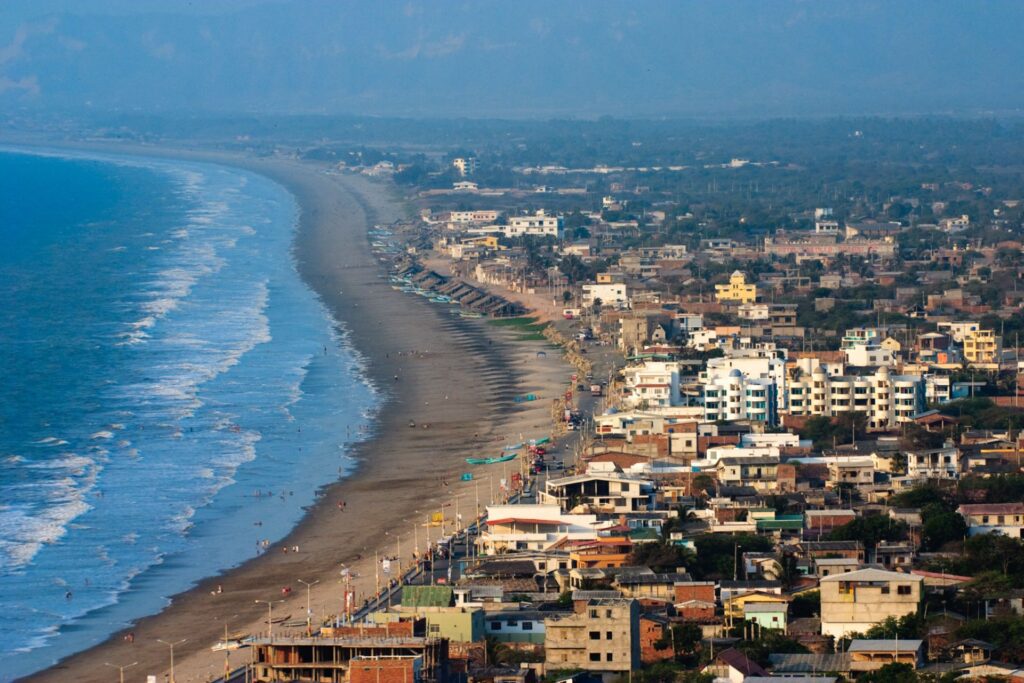
Whale watching Ecuador
Selecting the Right Tour

Types of Whale Watching Tours
There are several types of whale watching tours to choose from, depending on your preferences and budget. Two popular options include cruising and glass-bottom boats. Cruising allows passengers a full 360-degree view of their surroundings and comfortable seating on board, while glass-bottom boats give guests the opportunity to see what lies beneath without getting wet. A good approach is to compare the available tour operators, considering factors such as the size of the boat, amenities offered, and the experience of the crew.
Here are some factors to consider when selecting a tour:
- Season: Pick the right season to maximize your chances of seeing whales. For example, humpback whales migrate to Hawaii and Baja during certain months.
- Safety: Ensure the tour operator follows all safety requirements and provides life jackets and other necessary equipment.
- Reviews: Read reviews from previous guests to get a sense of the tour operator’s reputation and the likelihood of spotting whales.
- Location: Choose a location known for whale congregations, such as California’s Monterey Bay or Hawaii’s Big Island.
Benefits of a Private Charter
A private charter offers several benefits for your whale watching experience:
- Flexibility: You can customize the itinerary and choose the specific areas you wish to explore.
- Exclusivity: Enjoy a more intimate experience without the crowds, making it ideal for families or groups of friends.
- Personalized Attention: You’ll have the full attention of the captain and crew, who can provide more in-depth information about the whales and their behaviors.
However, it’s essential to keep in mind that private charters typically cost more than group tours. Weigh the benefits against your budget to determine if a private charter is the right choice for you.
When booking your whale watching tour, don’t hesitate to ask the tour operators about the details of their offerings. Ensure tickets are readily available and that any additional services you may be seeking are provided. By thoroughly researching and comparing your options, you can select the perfect tour for an unforgettable whale watching experience.
Choose your Trip
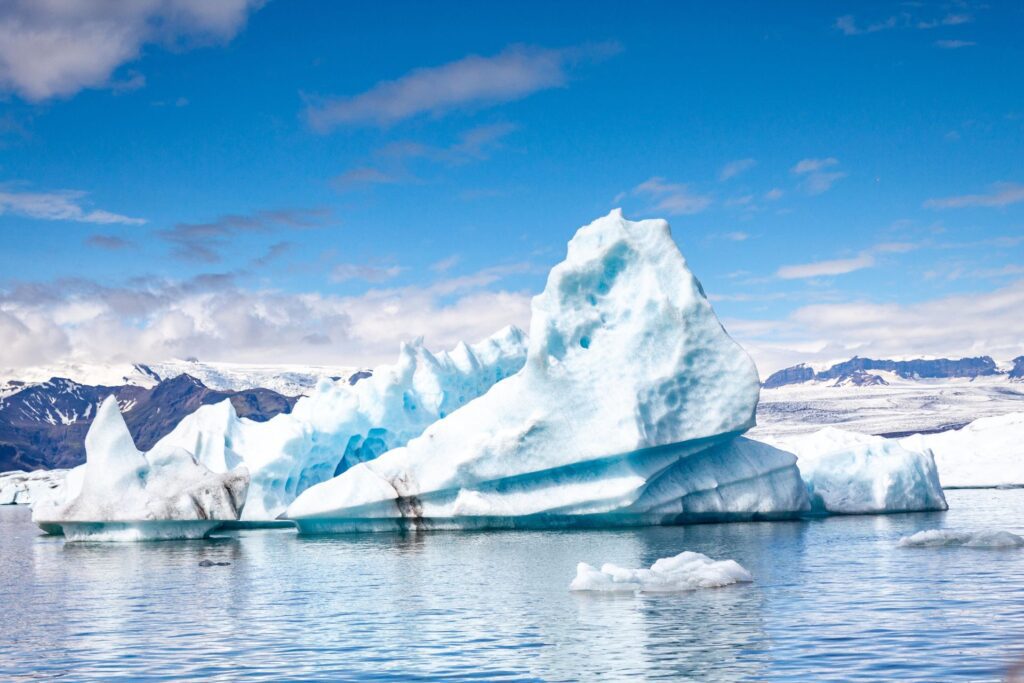
Whale watching Iceland
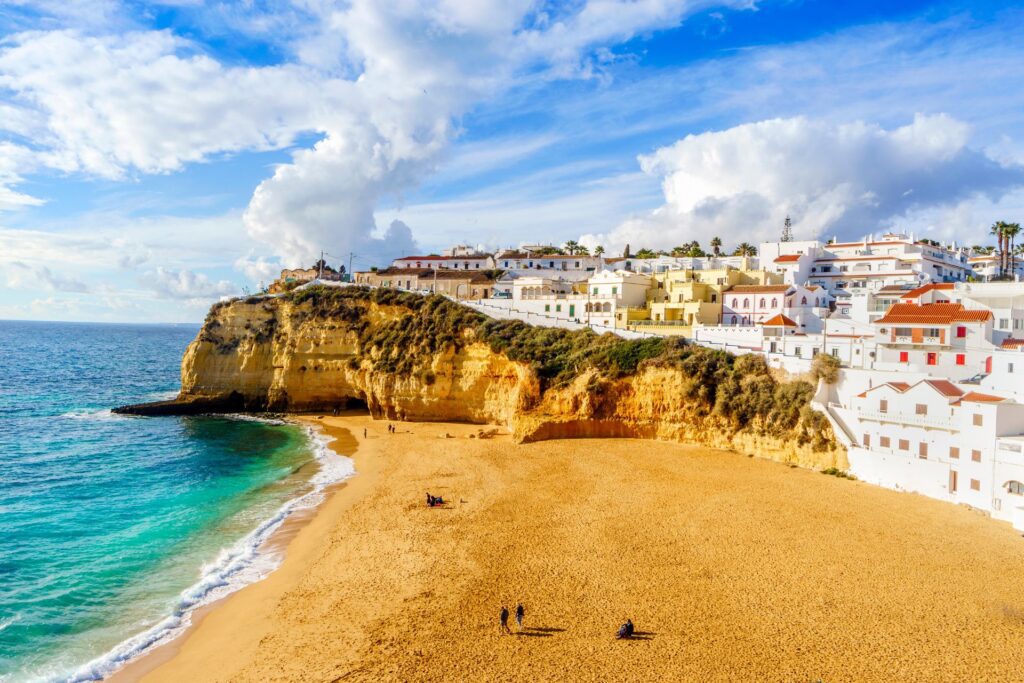
Whale watching Portugal

Whale watching Norway
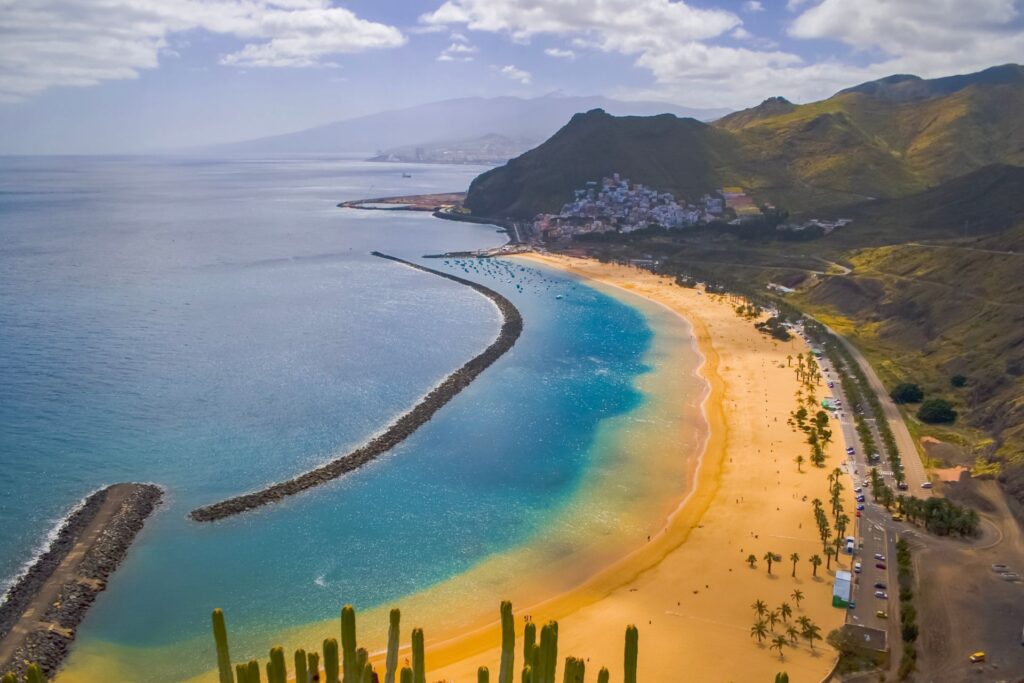
Whale watching Tenerife
Best Time for Whale Watching
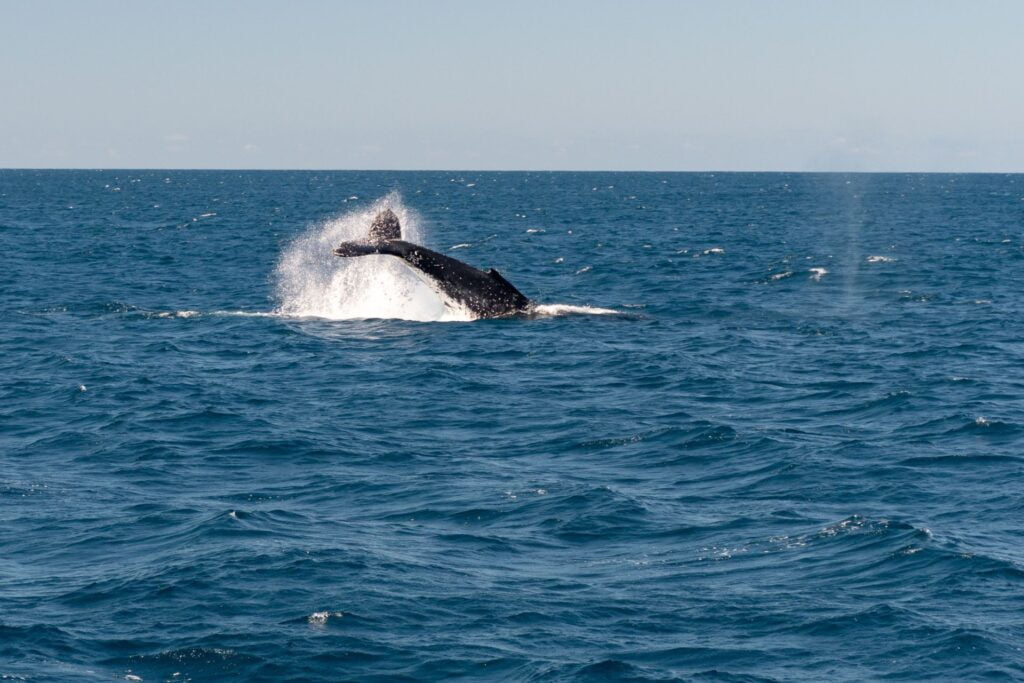
When planning your whale watching adventure, choosing the right time to maximize your chances of spotting these magnificent creatures is essential. Fortunately, there is a general consensus on the best time for whale watching in most regions. The optimal whale watching season typically falls in winter, from December to March.
During this time, you’ll find a larger population of humpback whales in the warmer waters of popular whale watching locations, such as Hawaii. Not only will this increase your chances of seeing these majestic animals, but you’ll also experience them in their most active and playful state.
It’s important to note that while the winter months are the prime season for whale watching, you may still have opportunities to spot whales outside of this timeframe. Whales can sometimes be seen as early as October or as late as May, but the frequency and predictability of encounters decrease significantly.
To help plan your whale watching trip, consider the following tips:
- Book your trip in advance: Whale watching can be quite popular during peak season, so it’s essential to reserve your spot well ahead of time. By doing so, you can ensure availability and avoid disappointment.
- Choose a reputable company: A knowledgeable and experienced tour operator will not only increase your likelihood of spotting whales, but they’ll also prioritize sustainable and responsible practices, respecting the delicate ecosystems these animals inhabit. Research companies online and read reviews to find the right fit.
Be prepared to bundle up: Winter whale watching often comes with lower temperatures, so dressing warmly and in layers is crucial. Bring your camera, binoculars, and a sense of adventure!
Remember, the beauty of whale watching lies in the thrilling opportunity to witness these gentle giants up close. By choosing the right time for your whale watching tour, you can increase your chances of having a truly unforgettable experience.
Preparing for Your Tour
What to Bring
When embarking on a whale watching tour, it’s essential to bring the necessary items to make your experience enjoyable and comfortable. Pack some food and snacks to keep your energy up during the tour. However, be sure to check with your tour operator if they allow outside food or if they provide it on the boat.
Don’t forget your camera or cameras for capturing those incredible whale sightings. A good quality camera with a zoom lens is essential for getting those close-up shots. Additionally, consider bringing binoculars for an enhanced viewing experience, as they help you spot whales from a distance.
Here’s a brief list to help you prepare for your tour:
- Food and snacks (if allowed)
- Camera with a zoom lens
- Binoculars
- Weather-appropriate clothing
- Sunscreen
- Seasickness medication (if needed)
Before You Board
Check-in is a crucial part of the process. Ensure you arrive at the designated location in advance to complete any necessary paperwork, receive your boarding pass, and get any last-minute instructions from the tour operators. Make sure to confirm the boarding time and location beforehand so you don’t miss your adventure.
Once you’ve checked in, patiently wait for the boarding announcement. While waiting, take this time to secure any loose items, apply sunscreen, use restroom facilities, and get familiar with your surroundings.
By preparing in advance and following these tips, your whale watching tour will be an enjoyable and memorable experience.
Choose your Trip
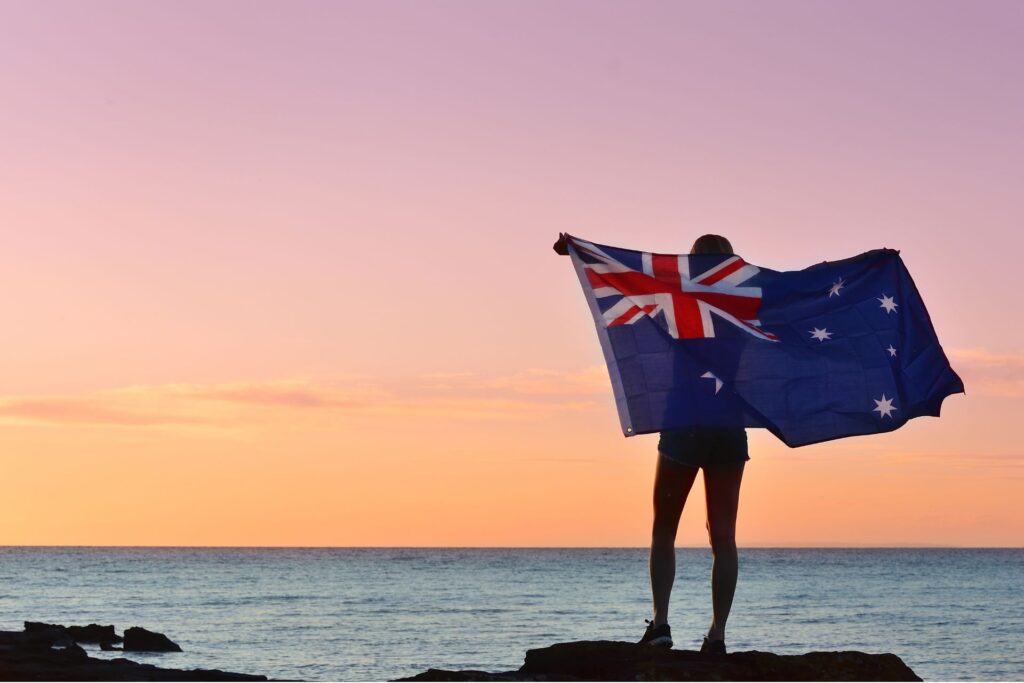
Whale watching Australia
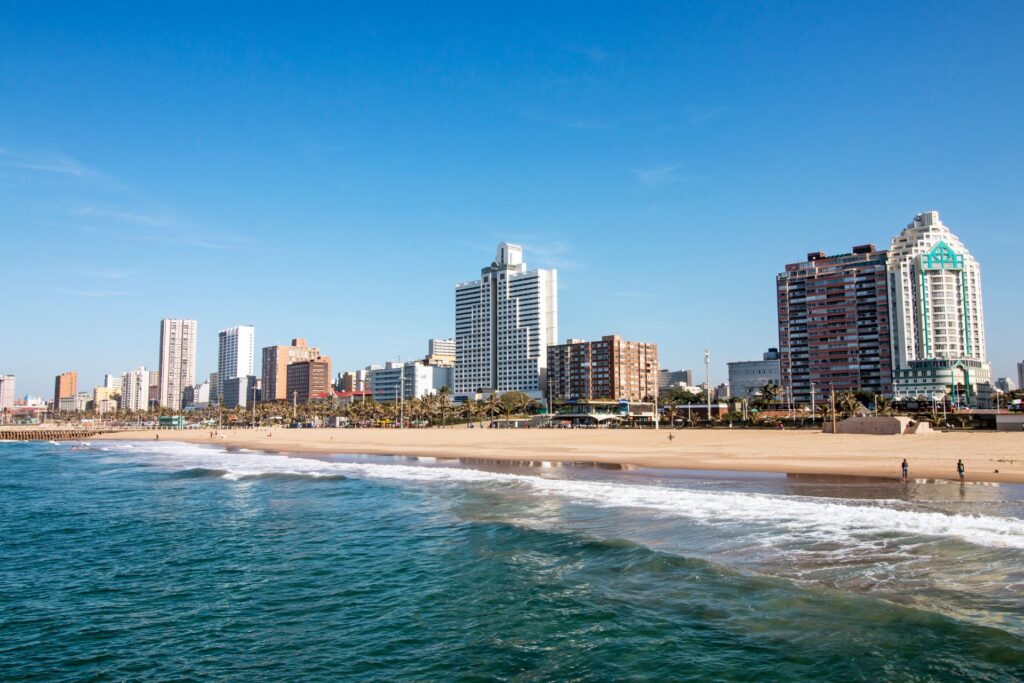
Whale watching South Africa
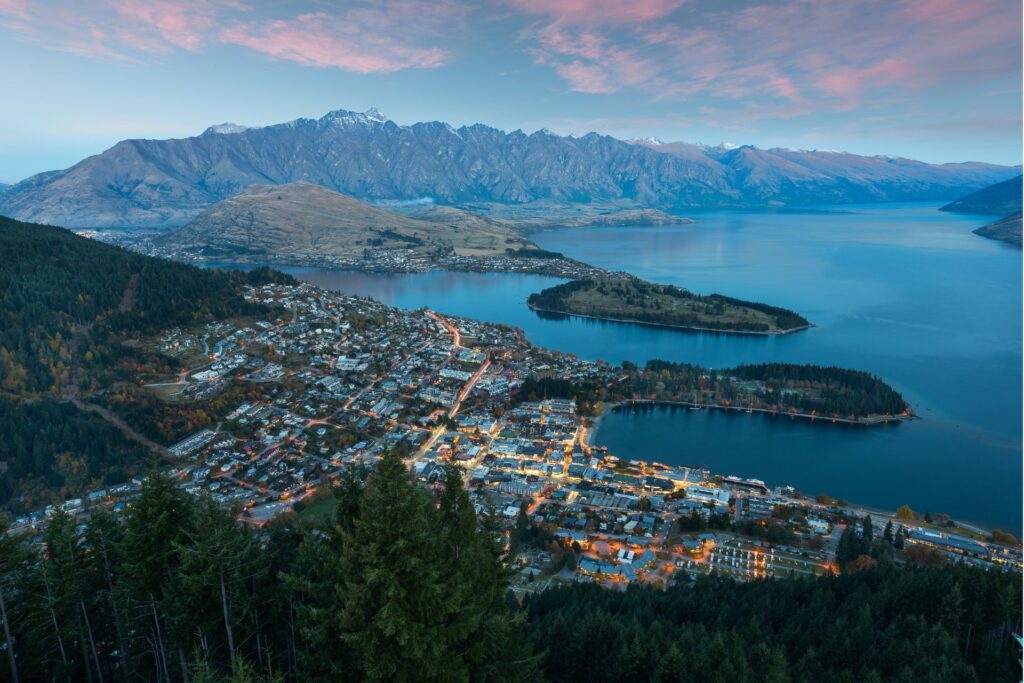
Whale watching New Zeland
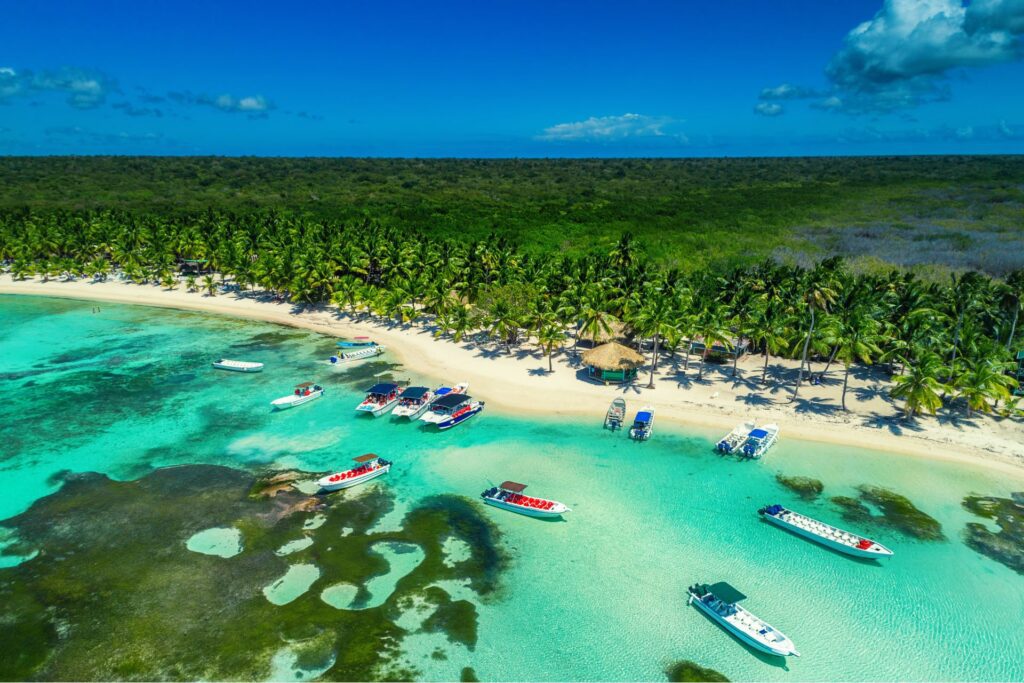
Whale watching Dominican Repuplic
Safety and Regulations
Following Local Laws
When booking a whale watching tour, it’s essential to understand and follow the local regulations [1] concerning marine wildlife and tourism. Many countries have specific laws and guidelines in place to protect both the whales and the safety of tour participants. The International Whaling Commission (IWC) oversees these regulations globally and provides information on country-specific rules.
Some common local regulations include:
- Speed limits for vessels in designated whale watching areas
- Maximum number of boats allowed near a whale at a given time
- Prohibited behaviors, such as feeding or touching the whales
- Restrictions on approaching certain areas during specific seasons
By choosing a reputable tour operator, you can ensure that they are adhering to these regulations and providing a responsible and enjoyable experience.
Maintaining a Safe Distance
One of the most important aspects of a whale watching tour is maintaining a safe distance [2] from the whales. IWC guidelines generally recommend keeping a specific distance between your vessel and the whales, although the exact distance may vary depending on local regulations. This helps to minimize the potential for stress or harm to the whales and ensures the safety of tour participants.
Here are some tips for maintaining a safe distance during your tour:
- Follow the tour operator’s instructions: The crew should be knowledgeable about local guidelines and will guide you on the appropriate distance to maintain from whales and other marine wildlife.
- Be patient: Whales may approach the boat on their own, but it’s important to give them space and let them decide when to come closer.
- Use binoculars or cameras with zoom lenses: This allows you to enjoy the experience and observe the animals from a distance without disturbing them.
By adhering to safety regulations and maintaining a safe distance from the whales, you can ensure a responsible and unforgettable whale watching experience.
The Role of the Onboard Naturalist
When you embark on a whale watching tour, one key component to enhancing your experience is the presence of an onboard naturalist. This trained professional plays a vital role in ensuring you have an informative, enjoyable, and memorable adventure.
A marine naturalist serves as your guide to understanding the intricate world of whales, dolphins, and other marine wildlife during your tour. With extensive knowledge about the local ecosystem, they can provide fascinating insights into the behavior, biology, and conservation of these magnificent creatures.
On your tour, the naturalist will help spot and identify various species of whales and other marine life. As you observe these animals, they’ll share their expertise, answer your questions, and help you appreciate the different behaviors you witness.
Not only will the onboard naturalist enhance your educational experience, but they’ll also contribute to the local and global conservation efforts. Many naturalists participate in data collection through observations, photos, and other means, furthering our understanding of these species and their habitats.
Here’s a list of things to expect from your onboard naturalist on your whale watching tour:
- Expert knowledge of local marine life
- Guidance to the best viewing locations
- Interpretation of animal behaviors
- Engaging stories about their experiences and conservation efforts
- Assistance with spotting and identifying species
- Contribution to data collection and conservation research
Remember, your onboard naturalist plays a crucial role in making your whale-watching tour a one-of-a-kind experience. By sharing their passion and knowledge, they allow you to connect with the marine world on a deeper level, helping you appreciate the importance of preserving these magnificent creatures and their habitats for future generations.
Encountering Wildlife
A Guide to Sightings
When embarking on a whale watching tour, you want to make sure that your experience is both enjoyable and informative. One of the first things to consider is choosing the right tour operator. A knowledgeable and experienced tour operator can significantly enhance your chances of a successful sighting by understanding whale behaviors, patterns, and working with a community of whale watchers.
During your tour, remember that patience is crucial. Whale sightings can be unpredictable, so keep your eyes peeled for any signs of whale activity. This could include:
- Blowholes: Watch for a cloud-like spray, which is a sign that a whale is exhaling through its blowhole.
- Dorsal fins: Whales often surface briefly with their dorsal fins visible above the water.
- Breaching: Whales sometimes leap out of the water, creating an exciting spectacle.
Experiencing Marine Wildlife
In addition to whales, your tour may provide you with the opportunity to encounter a variety of other marine wildlife. Be prepared to see:
- Dolphins: Often accompanying whales, dolphins can be seen leaping and riding the bow waves created by the tour boat.
- Seals and sea lions: Keep an eye out for these playful creatures, as they can often be spotted lounging on rocky shores or swimming in the water.
- Seabirds: A wide range of seabirds, including albatrosses, gulls, and pelicans, can be observed during your tour.
To make your whale watching experience more enjoyable and memorable, be sure to dress appropriately (with layers, waterproof clothing, and comfortable shoes), bring binoculars for better viewing, and consider taking motion sickness medication if needed.
Enjoy your whale watching adventure, knowing that you are well-prepared and informed about the incredible marine wildlife you may encounter.
Enhancing the Experience
Use of Hydrophones
One way to significantly enhance your whale-watching experience is by utilizing hydrophones. These underwater listening devices allow you to hear the captivating vocalizations of whales in their natural environment. Many tour operators provide hydrophones as part of their tour package, amplifying the surrounding whale sounds for everyone on board to appreciate.
When booking your tour, make sure to inquire if the use of hydrophones is included. This additional feature can truly make your trip unforgettable. Hearing these majestic creatures’ vocal exchanges gives you a deeper understanding of their behavior and communication methods.
Cultural Insights
Apart from the use of hydrophones, immersing yourself in the local culture can also enhance your whale watching experience. While you’re visiting, consider attending a hula performance or learning about the traditions of the area through cultural events and workshops.
By embracing the cultural aspects of your destination, you’ll not only witness the beauty of whale watching, but also gain valuable insights into the local traditions. This holistic experience can create lasting memories and a deeper connection to the area you’re visiting.
In summary, incorporating hydrophones and cultural activities in your whale watching tour can greatly enhance your overall experience. Be sure to research tour options and prioritize features that will make your adventure truly memorable.
Dealing with Weather Variables
Before embarking on your whale watching tour, it’s important to consider the weather conditions, as they can significantly impact your experience. Start by checking the weather forecast leading up to your tour. This will give you an idea of what to expect and allow you to plan accordingly.
Keep in mind that certain weather variables can affect visibility and comfort during your trip. To have the most enjoyable experience possible, try to avoid days with the following conditions:
- Fog and mist: These can severely limit your visibility, making it difficult to spot whales.
- Heavy rain: This can not only reduce visibility but also make the trip uncomfortable and wet.
- Strong wind: Windy conditions can make the water choppy, leading to a bumpy ride and potential seasickness.
- Swells and waves: Rough waters may result in an uncomfortable experience and could also impact your ability to see whales.
If the weather is not ideal on the day of your tour, consider rescheduling to a day with more favorable conditions. Many tour companies understand the importance of good weather for whale watching and may offer flexible rescheduling options.
While planning for your trip, it’s also important to pack adequately. Bring clothes that can be layered, as temperatures can fluctuate during the excursion. Make sure to include waterproof items such as a rain jacket and pants, particularly if there is a chance of rain in the forecast.
In conclusion, being mindful of weather variables is crucial for a successful and enjoyable whale watching experience. By taking the time to consider these factors, you can prepare yourself for a memorable and comfortable adventure on the water.
After the Tour
Conservation and Education
Once you’ve completed your whale watching tour, take the opportunity to learn more about marine conservation. Many tour operators offer educational materials and resources to help you understand the importance of protecting these magnificent creatures and their habitats. You can also look for local organizations, like marine conservation groups, which work to preserve ocean life and engage in advocacy efforts.
Another impactful way to contribute to conservation is by supporting policies and initiatives aimed at protecting whales and their marine environment. Stay informed about marine-related news and issues, and participate in events like beach clean-ups to help maintain their habitats.
Sharing Your Memories
After your whale watching experience, it’s natural to want to share the memories with friends and family. Here are some ideas on how to do this effectively:
- Social media: Share your favorite photos, videos, or short highlights from the trip on platforms like Instagram, Facebook, or Twitter. Be sure to use appropriate hashtags and tag the tour operator to credit them for the experience.
- Photo album: Create a physical or digital photo album to store your best snapshots from the tour. This can be a great keepsake for yourself and potentially a future gift to someone interested in marine life.
- Write a review: Take the time to write a thoughtful review about your whale watching experience. Publish your review on platforms like TripAdvisor to help others make informed decisions when selecting a tour. Your feedback can be valuable to both the tour operators and potential future customers.
In conclusion, the time you spend after your whale watching tour is just as valuable as the experience itself. By educating yourself about conservation, supporting marine initiatives, and sharing your memories, you can contribute to the well-being of these extraordinary animals and their habitats for generations to come.



